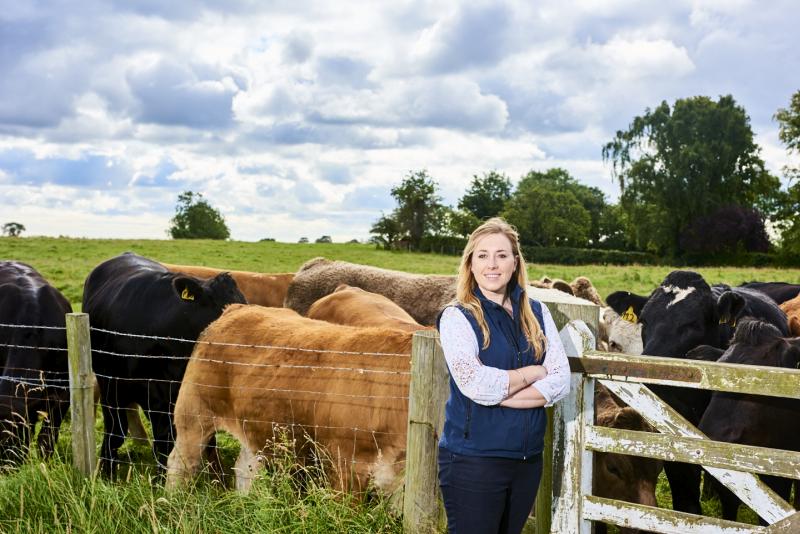
Farmers have been told to 'be prepared' for on-farm Rural Payment Agency inspections, especially those looking to see that Crop Diversification and EFA areas are as declared on the BPS claim.
The BPS Crop Diversification and Ecological Focus Area (EFA) period runs until 30th June but claimants must continue to Cross Comply for the whole of the scheme year up to the 31st December.
The RPA carry out inspections on a selection of holdings each year. Some holdings are chosen at random, whilst others are chosen solely based on risk factors such as large numbers of animal movements, new holdings and the results of previous inspections.
Subsidy payments make a significant contribution to farm incomes, yet Cross Compliance and Agri-Environment scheme breaches frequently occur. Inspections can be triggered and loss of payments incurred because these can now be flagged digitally.
Emma Smith, Rural Chartered Surveyor for YoungsRPS, says farmers shouldn't sigh with relief now that the 15th May deadline for BPS claims has passed.
She gives her advice as to what to do when farmers receive a call from the RPA regarding an inspection: “Inspectors can be on site often with only 48 hours’ notice, so it is key to ensure you keep up to date with the requirements.
“First of all, it is paramount to find out what type of inspection is going to be carried out before the inspector arrives. This will determine what the inspector needs to look at on the ground and the farm records you will need to have to hand,” she says.
There are four main areas to consider in advance of the inspection taking place; Cross Compliance, Livestock Inspections, Basic Payment Scheme and Stewardship.
Cross Compliance
Cross Compliance rules apply for the whole calendar year, across the whole area of a claimant’s holding and to all of your agricultural activities.
The land must be maintained in Good Agricultural and Environmental Condition (GAEC) and adhere to Statutory Management Requirements (SMRs) for livestock records, animal welfare, boundaries, feed storage, NVZs and pesticide storage.
Livestock inspections
A major area where non-compliance breaches take place is over livestock identification and movement regulations.
Inspections can include head counts, tag reading, heard/flock register record and movement reporting, as well as checks against the BCMS Cattle Tracing System and the Animal Reporting and Movement Service (ARAMS) for sheep.
If there are significant errors, this can result in a whole herd/flock movement restrictions. Any welfare issues are referred to the Animal and Plant Health Agency (APHA).
Basic Payment Scheme
Land eligibility, including recording and Permanent or Temporary Ineligible Features are looked at in this inspection.
They will also complete Boundary checks to determine that parcels are correctly identified. As the cropping period runs until the 30th June, checks are likely to be made prior to this to see if Crop Diversification and EFA areas are as declared on the BPS claim.
Another area to take note of, and which may also be reviewed, is evidence for Young Farmer and New Farmer claims.
Stewardship
In this assessment, inspectors will check the area and location of permanent and rotational options under ELS, HLS and CSS.
Agreement documents detail the management activities farmers need to carry out for each option.
Farmers may also be required to keep records including stocking diaries, fertiliser and pesticide applications as well as details of supplementary feeding.
